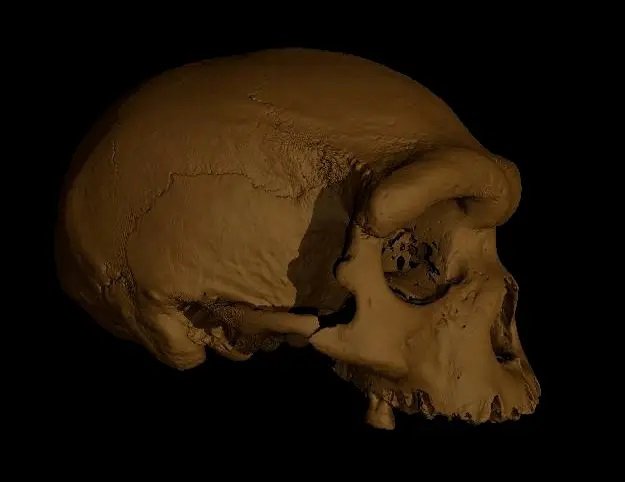A stunning discovery in China has sent shockwaves through the world of anthropology. Scientists have identified a massive fossilized skull, remarkably well-preserved, as belonging to a previously unknown species of human. With an estimated age of at least 146,000 years, this fascinating find has been dubbed Homo longi or “Dragon Man,” a reference to the Heilongjiang (Black Dragon River) province where it was found.
The skull, discovered by a construction worker in the 1930s but hidden away for decades, combines a unique mix of both archaic and more modern human features. Its large size, massive brow ridges, and deep-set eyes suggest a connection to earlier human lineages. However, its flat cheekbones and wide braincase align more closely with Homo sapiens (our own species).
Initial research, published in the journal The Innovation, suggests that “Dragon Man” could be our closest evolutionary relative – even closer than the Neanderthals. This challenges the long-held view that Neanderthals shared the most recent common ancestor with modern humans. If further analysis confirms this relationship, the human family tree will need significant rearrangement.
“This discovery is incredibly significant,” explains Professor Qiang Ji, a paleontologist from Hebei GEO University and co-author of the studies. “It suggests that there were multiple lineages of archaic humans living alongside Homo sapiens, making our evolutionary history far more complex than we previously thought.”
The researchers believe the Dragon Man likely lived in a forested, floodplain environment. His robust skull hints at a well-adapted individual, potentially suited to harsh, cold climates.
Experts are now eager to extract DNA from the skull, a task that might prove challenging due to its age but which could offer extraordinary insights into the Dragon Man’s place in our genetic lineage. This discovery also sparks renewed interest in examining other Chinese fossils for potential misclassification and hidden connections to this newly revealed human species.
The identification of “Dragon Man” promises to ignite exciting debates and fuel ongoing research into the intricate story of human evolution. This remarkable find reinforces just how much we have yet to learn about our ancient origins, and the diverse cast of characters that shaped who we are today.



















